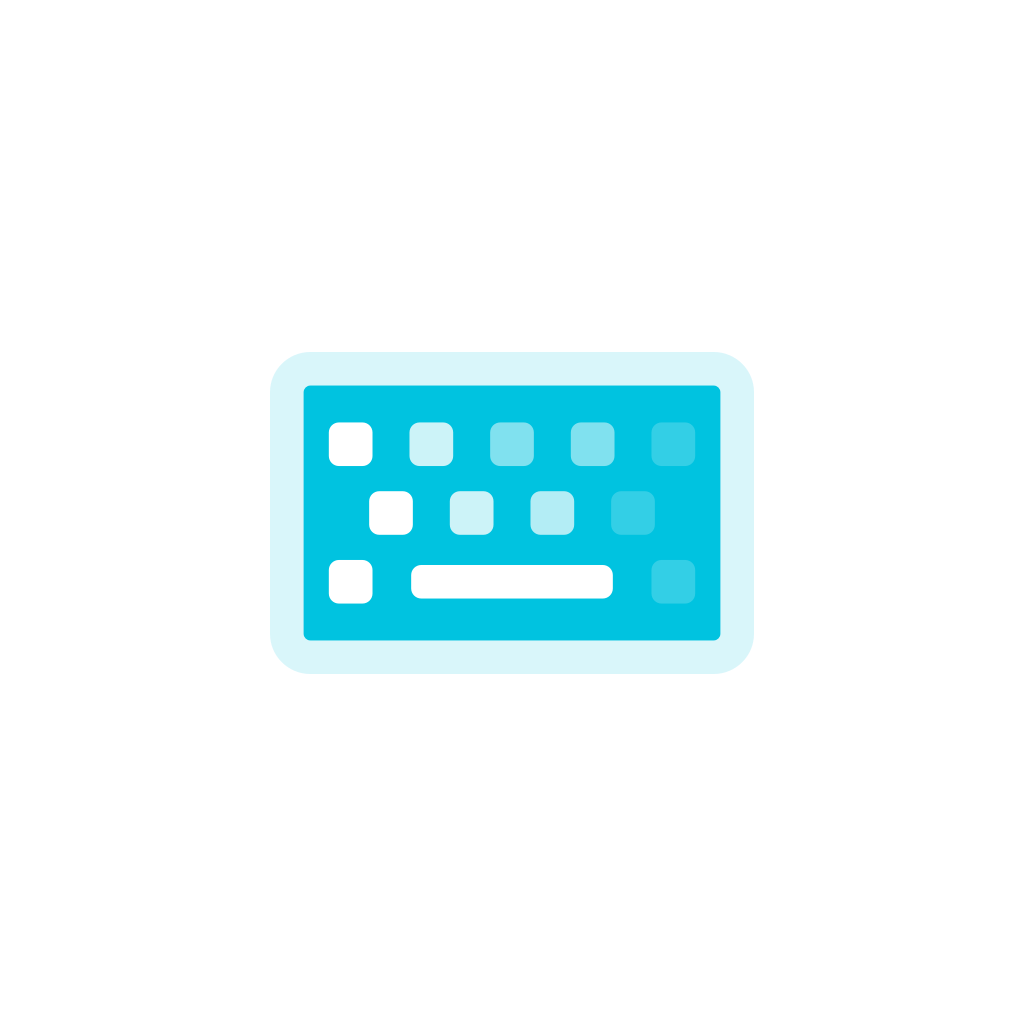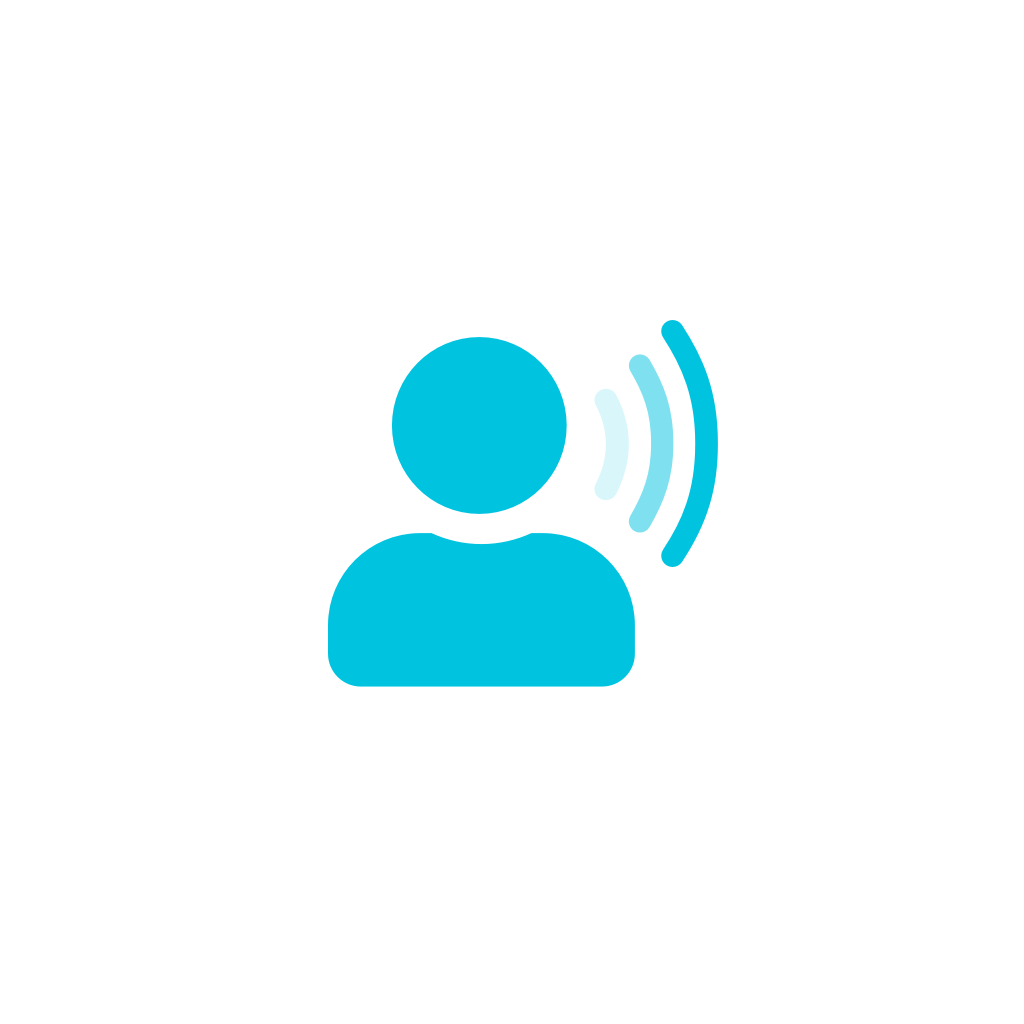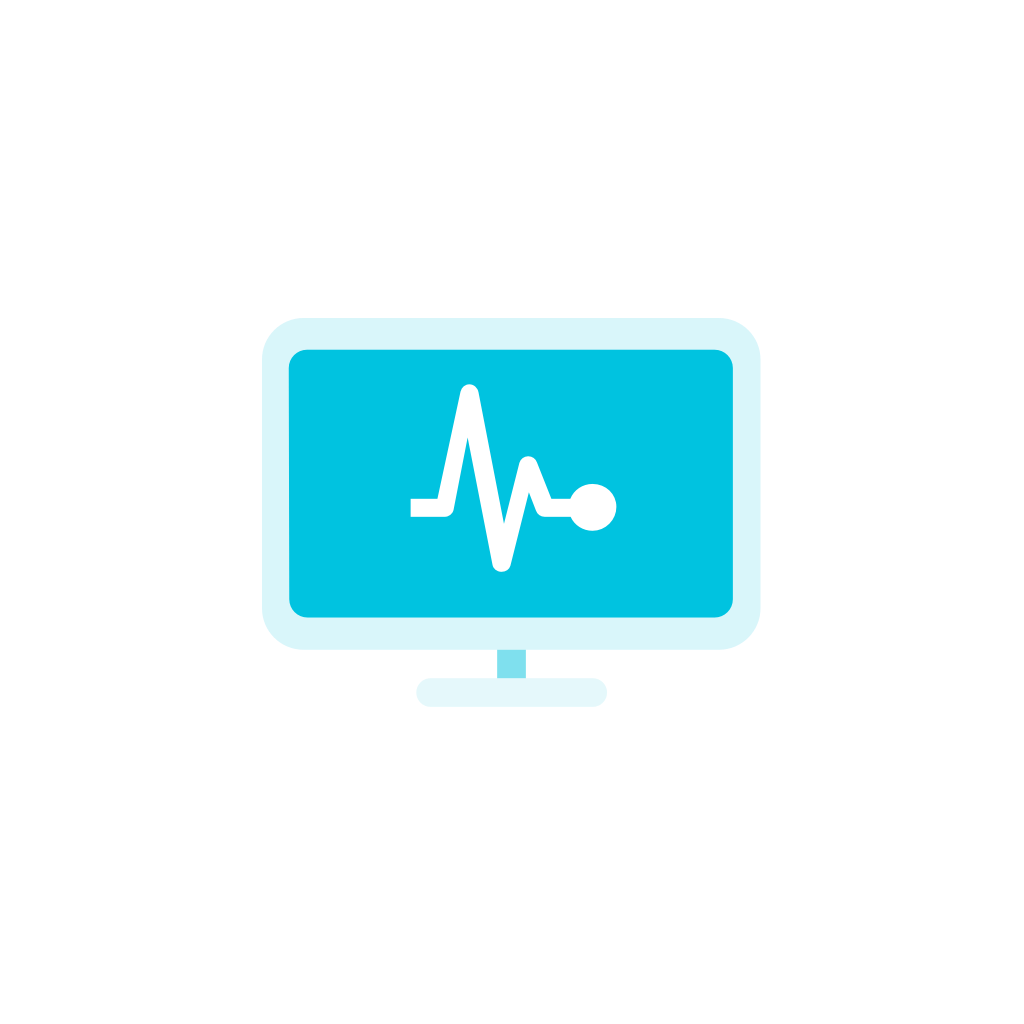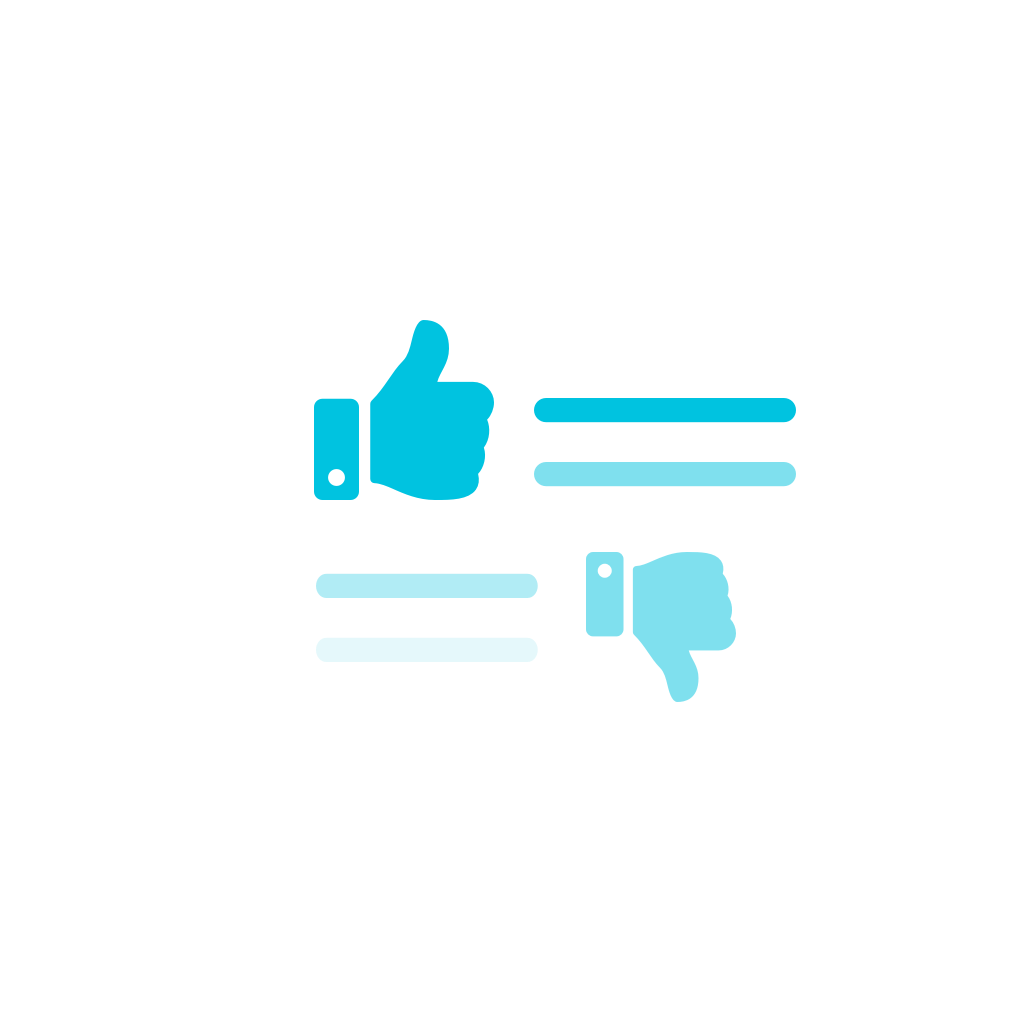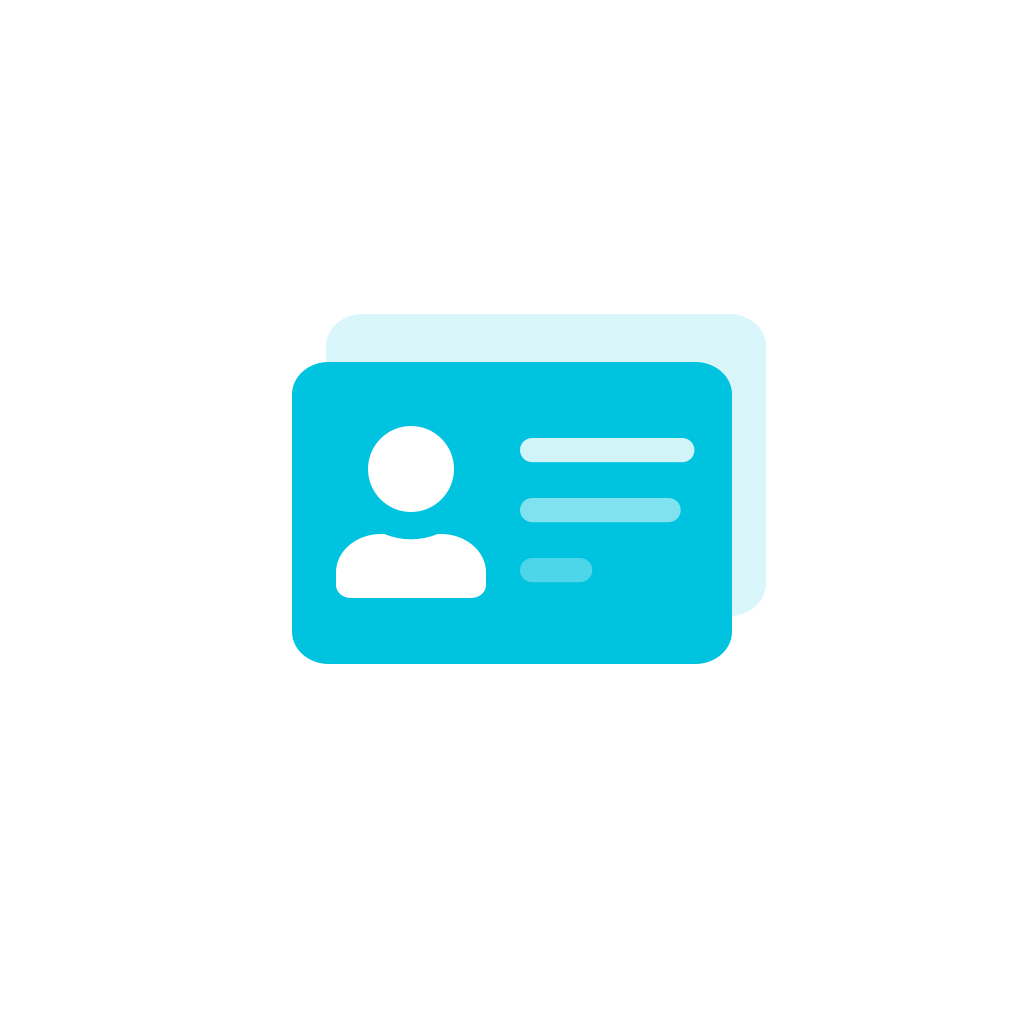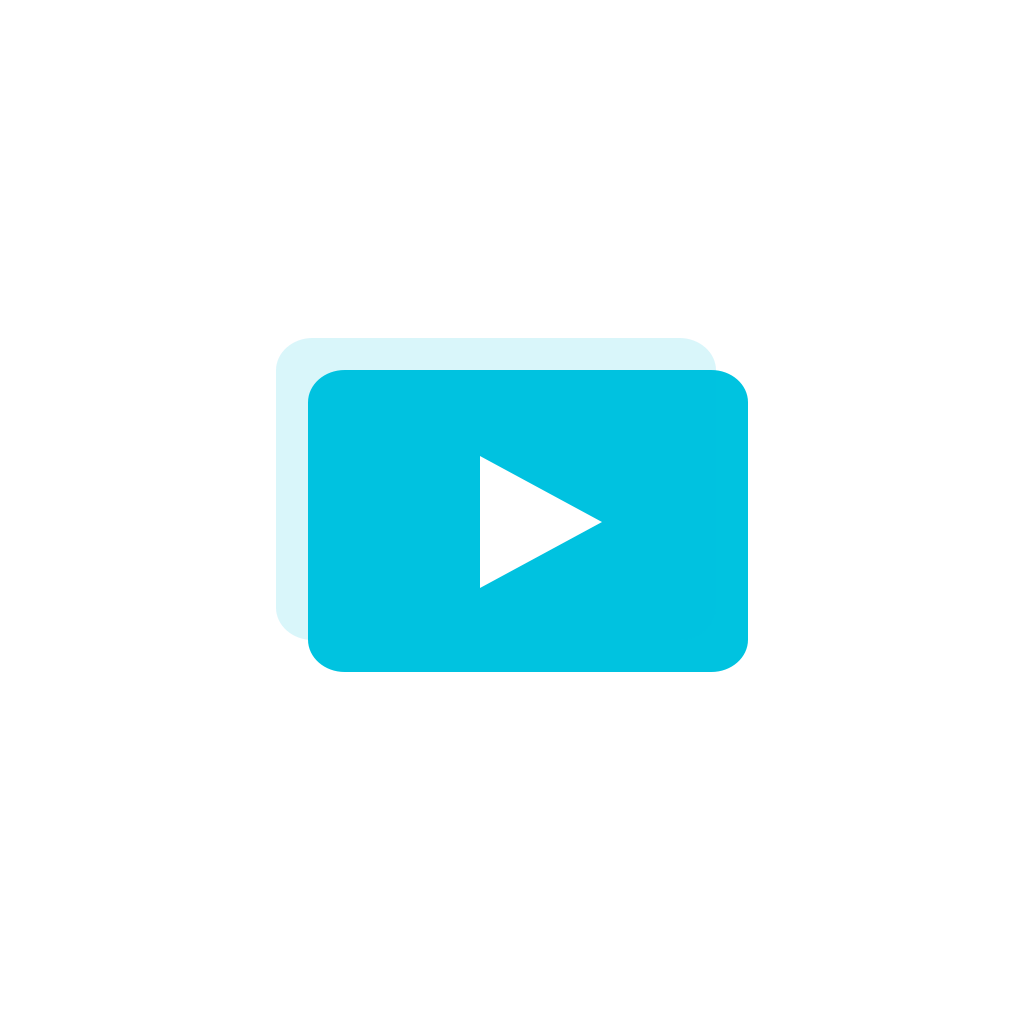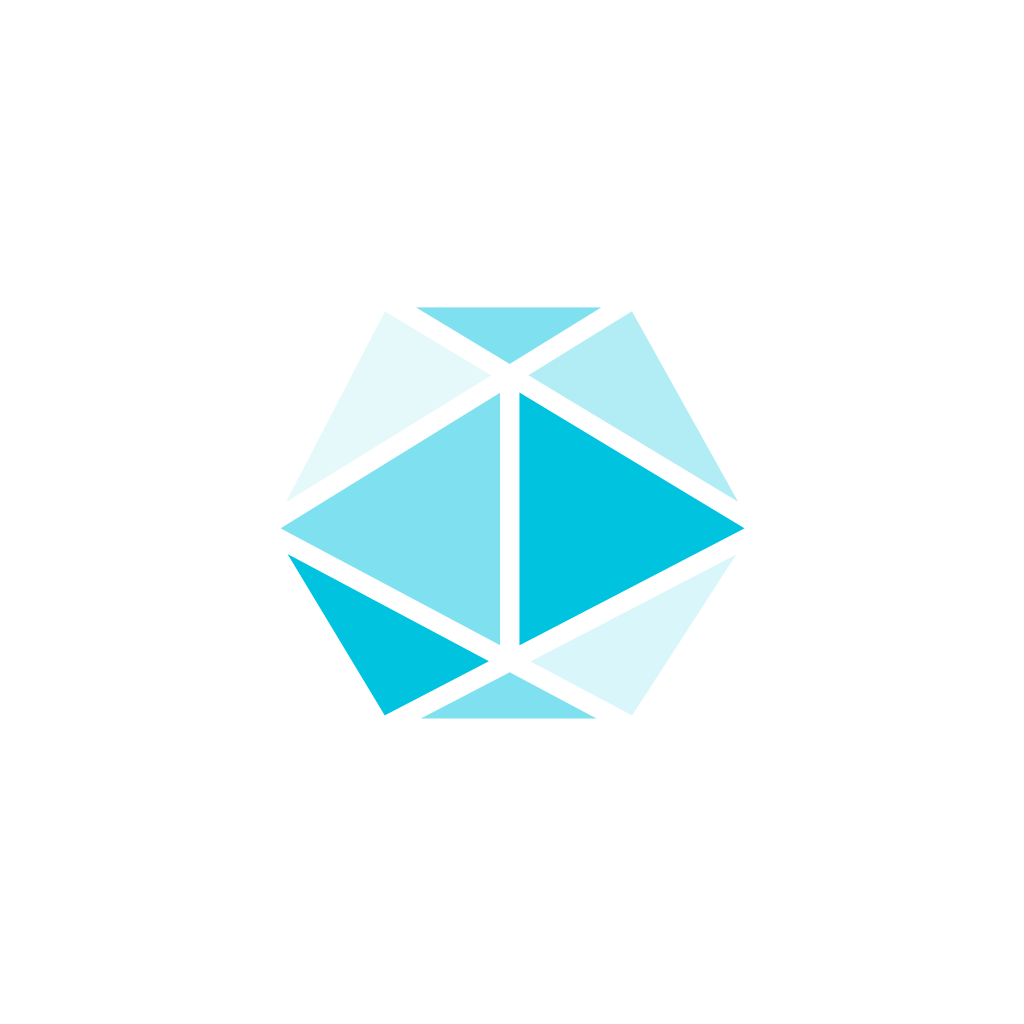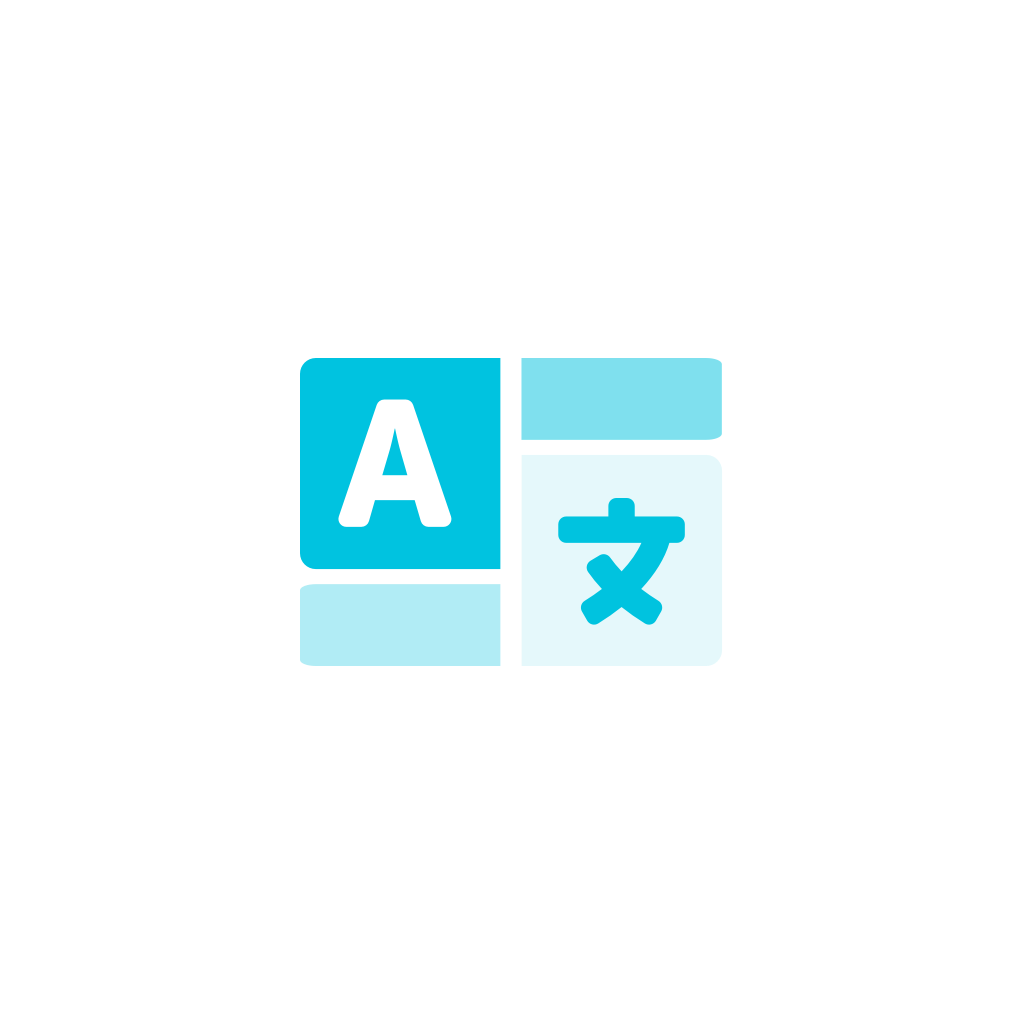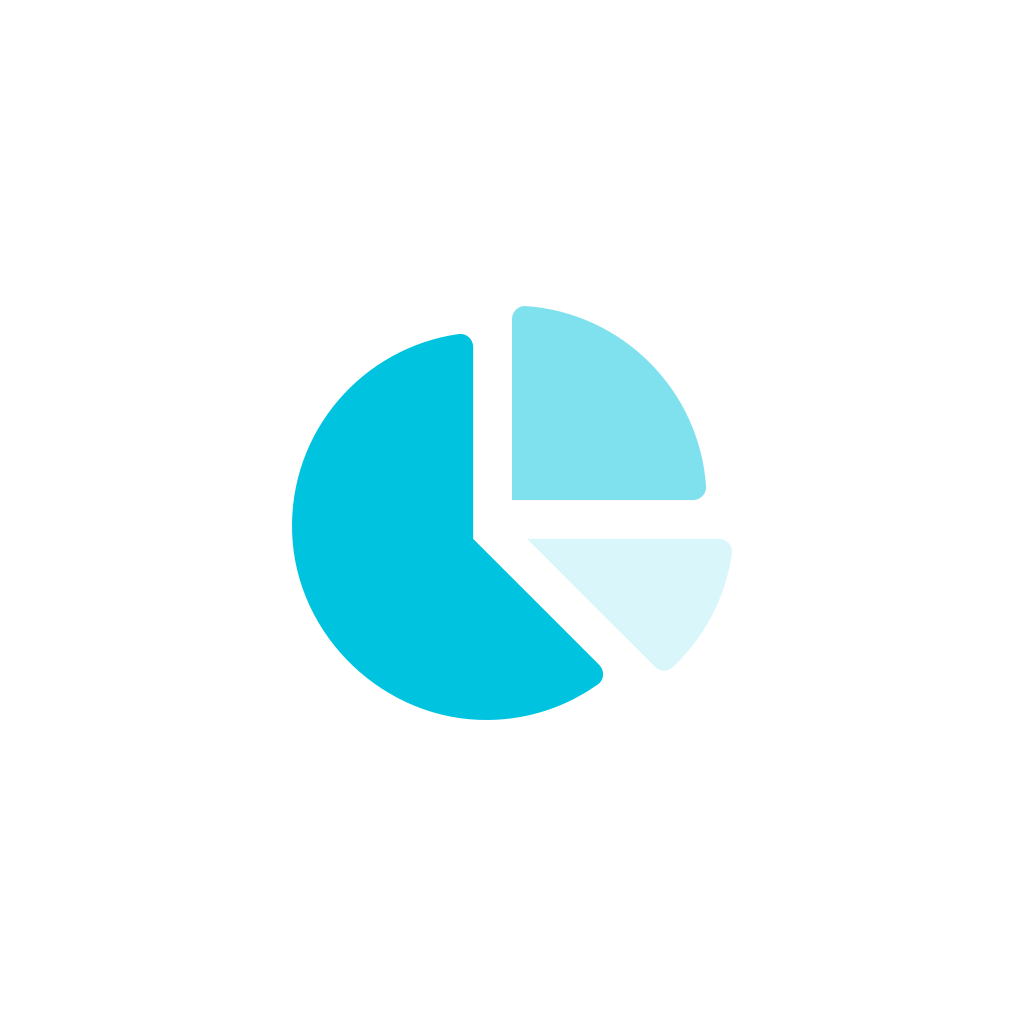With increasing pressure to match the perfect candidate with the perfect role, recruiters always seem to be faced with a number of challenges, such as hiring better, faster, and in a bias-free manner.
None of these is an easy task, but creating an ideal candidate profile can help improve the recruitment process by ensuring a higher quality of hire and a better candidate-job fit.
In this article, you’ll learn what the ideal candidate profile is, how it will help with your recruitment efforts, along with the steps you should take to develop an ideal candidate profile for any role.
What’s in?
What is a candidate profile?
It’s very challenging to find something if you don’t know exactly what it is that you’re looking for—let alone where you should start looking for it. How do you find the right person for the job?
That’s where the candidate profile comes in. A candidate profile essentially functions as a blueprint, ultimately helping recruiters to map out the desired personality traits and attributes for a specific open role.
While a job description focuses on describing the job, a candidate profile is all about defining the ideal candidate for a specific position.
For example, a candidate profile might include characteristics like independent thinker, optimistic, confident, customer service background, and other traits and skills you’d ultimately like to see in the candidate you hire. It can include “must-have” traits, as well as “nice-to-have” traits.
It also contains the ideal candidate’s preferred online hangouts as well as communication channels. The profile answers the questions about motivation of your ideal candidate, what their educational background and current job are and even what their career goals are.
In short, the ideal candidate profile is akin to the buyer personas that marketing and sales teams use to define their ideal customers.
How does a candidate profile help in recruitment?
So you’ve heard about candidate profiles, but you’re not exactly sure where they provide value. It’s understandable if you’re wondering about the usefulness of a candidate profile—what benefits does it provide? There are actually a whole host of benefits to developing a candidate profile. Here are a few:
Helps with job descriptions
Job descriptions are much more than a list of responsibilities—they’re a critical part of sourcing ideal candidates, and getting them wrong can make your job much more difficult.
With a solid idea of the type of person you’re looking for, you can write a much more targeted job description for each open position. This will help you attract top-quality candidates who are a good organizational fit, as well as an appropriate match for the open position in question.
Stop guessing,
Start data-driven hiring.
Learn how you implement a modern candidate selection process, that is: streamlined, experience-driven and backed by data.

Improves sourcing strategy
When you know who your ideal candidate is, you can target your sourcing initiatives to the places where you’re most likely to find candidates possessing the characteristics you’re looking for, ultimately improving your sourcing strategy as a whole.
You can then use the most efficient recruitment channels, which helps you manage your sourcing budget optimally, as well as attract the right candidates faster.

13 hours
That’s how much time per work week talent acquisitions professionals spend on sourcing candidates for a single role.
Source: Entelo
Leads to better outcomes
With a better understanding of your candidate, you’re better able to target your campaign and predict job success, increasing not only the effectiveness of your recruitment process as a whole but also improving quality of hire as a result. Furthermore, it helps the whole hiring team to stay focused throughout the process.

Companies that improve quality of hire are
3x
more likely to see an improvement in first-year performance.
Source: Aptitude Research
One of the ways to improve your quality of hire is getting better candidates in. Creating an ideal candidate profile can help you with that.
Steps to develop an ideal candidate profile
There are clearly a ton of benefits that come with building an ideal candidate profile, but doing so is easier said than done. There are so many things to consider for the profile: role responsibilities, key skills, company culture, and much more. And that’s not all.
Developing an ideal candidate profile is the first step—but bringing that profile to life is another story. The good news is that we’re about to walk you through each step to developing and using a candidate profile.
1. Define the job content and duties
You can start by diving into the actual work the new hire is expected to do. This is done during a job task analysis. At Harver, the process is led by our People Science team, and includes the step below, among others.

Learn as much as possible from the hiring manager and team members about the position you’re hiring for. Ask specific questions about the responsibilities of the role: What department will the chosen candidate be part of? What are the day-to-day duties? What professional skills are required to do the job?
Another way you can learn more information is to check out similar vacancies at your competitors. What do job descriptions say about the job duties and requirements? Asking questions and researching similar open positions is a great way to gain a better understanding of what the role entails.
2. Consider company culture and vision
Whether or not someone is an organizational fit goes beyond just the job duties and requirements. You should also consider the company’s culture and overall vision, mission, and goals when building out your candidate profile. What personality traits does your company culture value?
As you’re thinking about who is a good fit for your organization, ask a few very important questions, such as:
- Based on your company culture, what type of person do you think would be successful in the role that you’re hiring for?
- What type of person would help the company to move forward and bring the overall vision to life?
- What type of person would complement your company values and be a good organizational fit as a whole?
- What personality traits are critical for meeting your top company goals?
Once you have clarity on these points, you can create an application flow that includes pre-employment assessments such as learning agility, personality questionnaires, and situational judgement tests that enable you to assess candidates and select the ones that fit your desired profile the best.
You can see our full gallery of pre-employment assessments below.
3. Learn from your top performers
You can also learn a lot from your company’s top performers by observing them at work. Analyze their personality traits and key skills, noting the characteristics that help them stand out and be successful at your organization. This will help you define what you expect from your candidates and determine what some of the commonalities are—particularly when it comes to personality and soft skills.
You might also speak to some of those top performers directly. Ask them specific questions about what they do on a daily basis, how they handle problems that come up, what their favorite part of the role is, what motivates them and so on. This information will essentially take you one step further in the quest to better understand the persona you’re looking to hire.
4. Define key hard and soft skills
Speaking of skills, an important part of building your ideal candidate profile is defining both the hard and soft skills you’re looking for in someone.
Hard skills are considered teachable abilities, like experience with a certain computer program or in a specific industry. On the other hand, soft skills are the personal characteristics that help individuals to be more successful at work. For example, leadership, communication, and problem-solving are all considered soft skills.
Ask some important questions about the skills that really matter most for each open job. What skills are predictive for success in the given role? While many recruiters make the mistake of focusing entirely on hard skill sets, bear in mind that hard skills can be learned, but it might be more difficult to develop soft skills. There are certain things—like a person’s integrity—that really can’t be taught.
Watch now: How UPS used behavioral assessments to transform and accelerate leadership development
In the articles below, we’ve detailed the skills and characteristics needed when hiring for retail and hiring for contact center roles, and how to assess them.
5. Find ways to connect with candidates
Of course, part of the process is finding effective ways to connect with candidates. Where are you going to find your ideal candidate? Even more importantly, once you find your ideal candidate, how are you going to engage and communicate with candidates?
To help figure this out, look at where your ideal candidate hangs out online. Which Linkedin groups they are part of? What career sites and job boards do they visit? What’s important to them in a role? How do they like to communicate?
By answering these questions and finding the right places to source your job candidates, you’ll be that much closer to finding ideal candidates for roles you’re hiring for.
6. Bring your candidate profile to life
Once you’ve compiled all your notes and research, you can use your learnings to write a compelling job description based on your candidate profile. In the description, you should aim to be as detailed as possible. Make sure that the job description you write is inclusive, covering any and all aspects of the open role.
The more specific and detailed your job description, the more likely you are to find an awesome candidate to fill the role.
With that said, you also want the job description to be appealing to your ideal candidate—after all, it has to be a good fit on both sides to work out. Consider the language you’re using to describe the role and responsibilities, making sure to write for your audience when possible.
7. Keep the candidate profile in mind throughout the recruitment process
It may seem obvious, but whether or not a candidate profile is helpful is largely dependent on how much you use it for your own recruiting efforts.
From resume screening and pre-employment assessments to the initial and later interviews, you and your hiring team should keep the candidate profile in mind throughout the entire recruitment process.
This will not only help you weed out the candidates who aren’t meeting your criteria much faster, but also help you to quickly identify the candidates who are checking all of your boxes—before they get snatched up by one of your competitors.
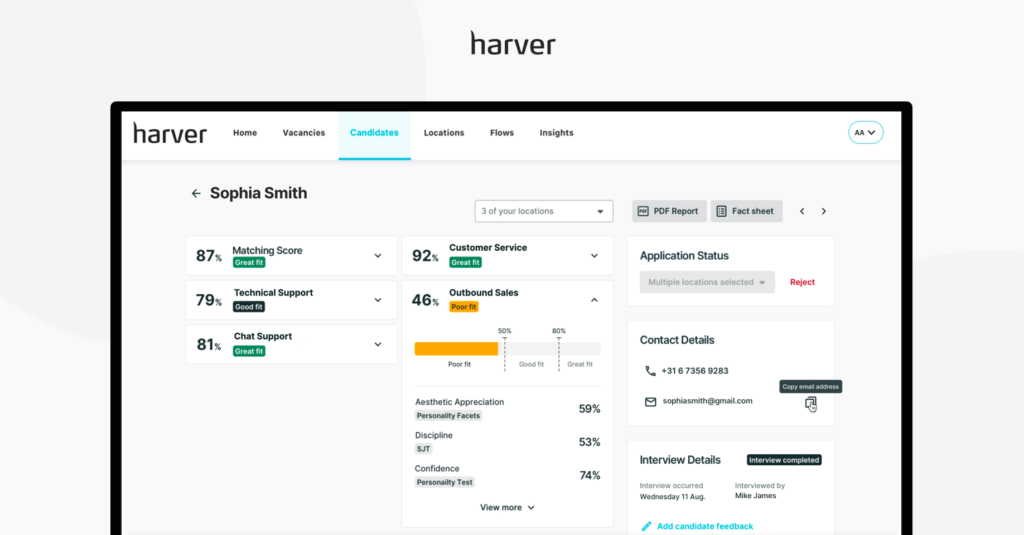
In summary
If you want to be productive in sourcing, screening, and assessing candidates, you should take the time to develop an ideal candidate profile. This strategy will help you attract better candidates, speed up your recruitment process and get better hires—without breaking the bank. As a result, you will be more efficient as a recruiter, perfectly matching people to positions and reducing time to hire and recruitment costs in the process.
If you’d like Harver’s People Science team to help you in developing your ideal candidate profiles and the assessment sequence that can help you hire the right people, faster, you can book a demo below.
Ready to transform your hiring process?

